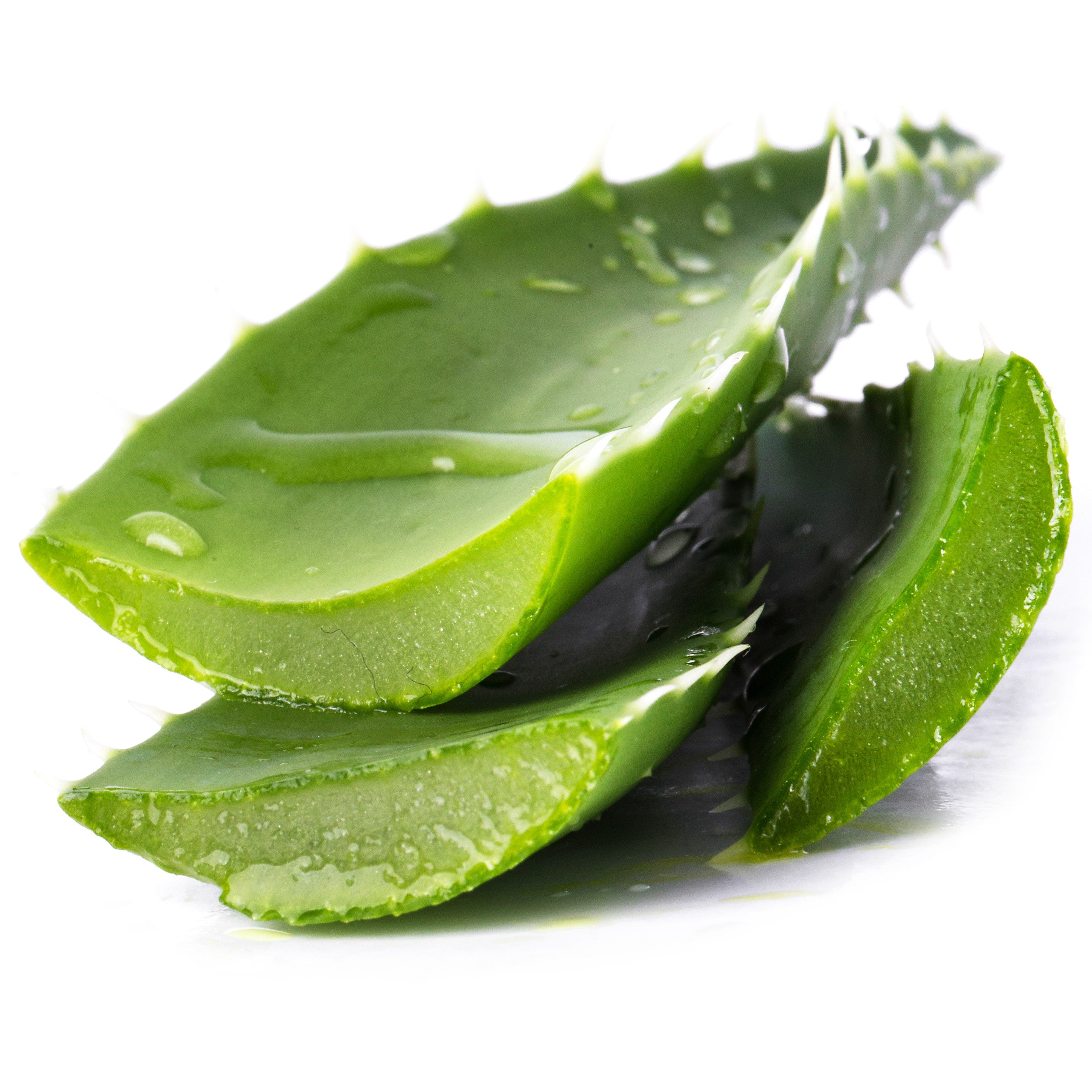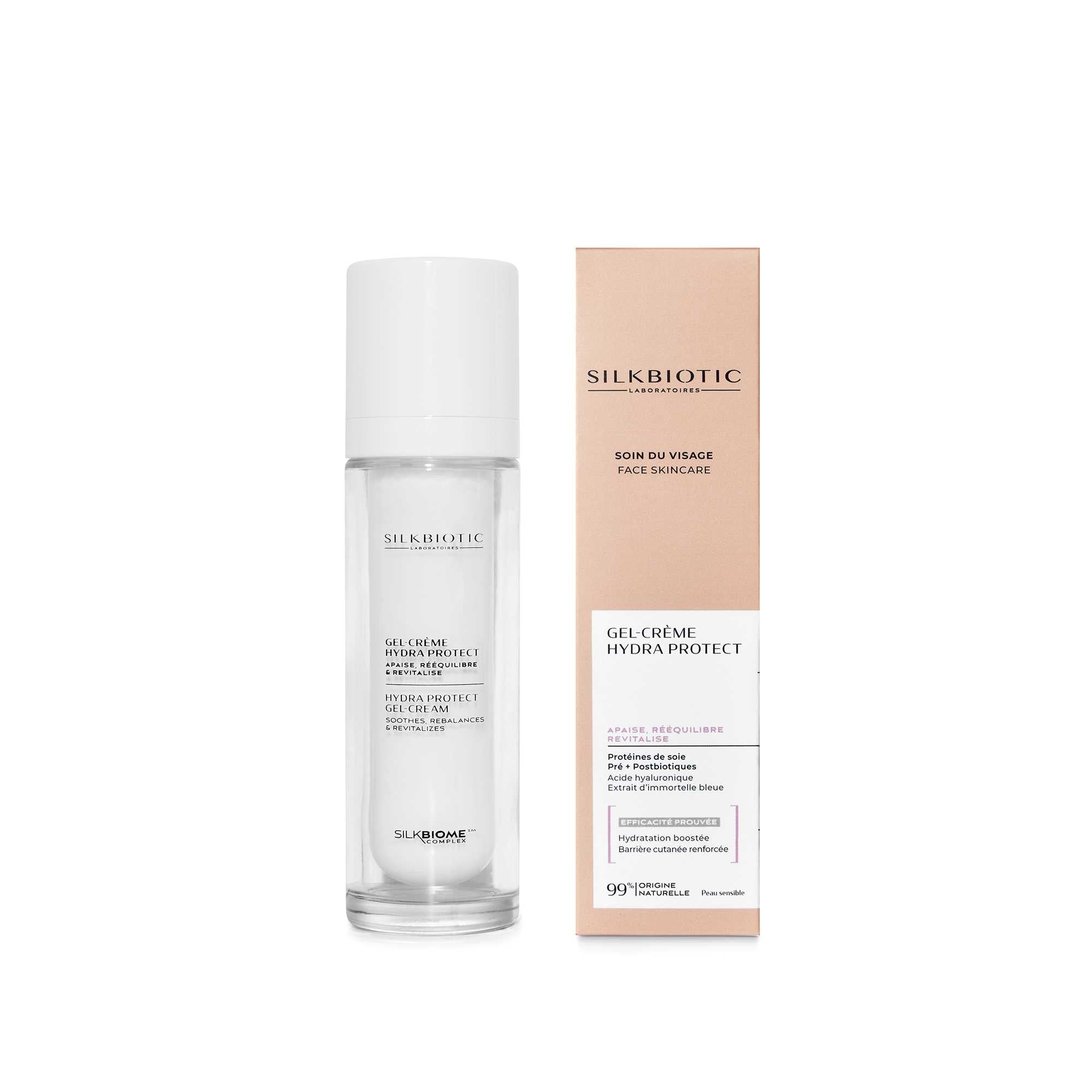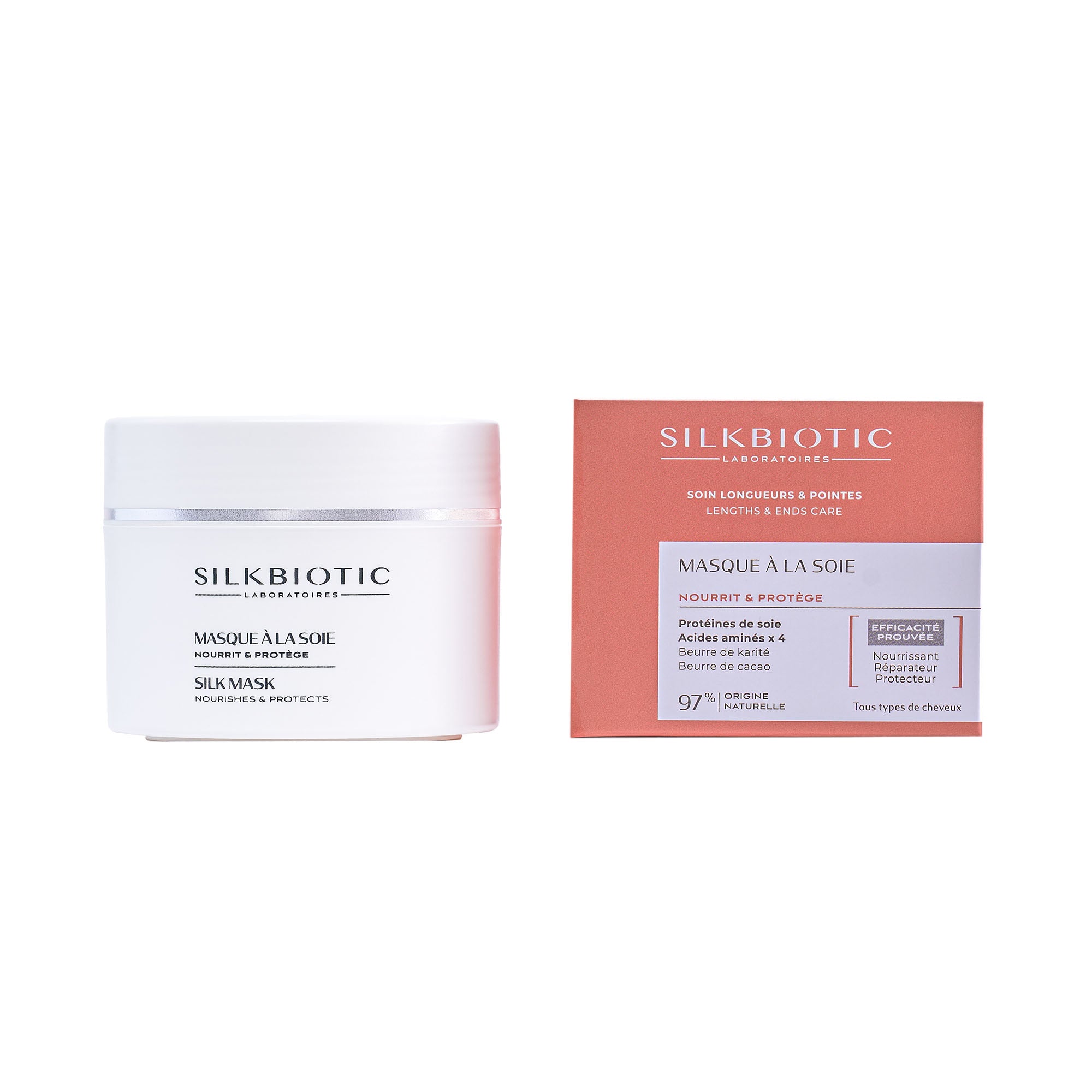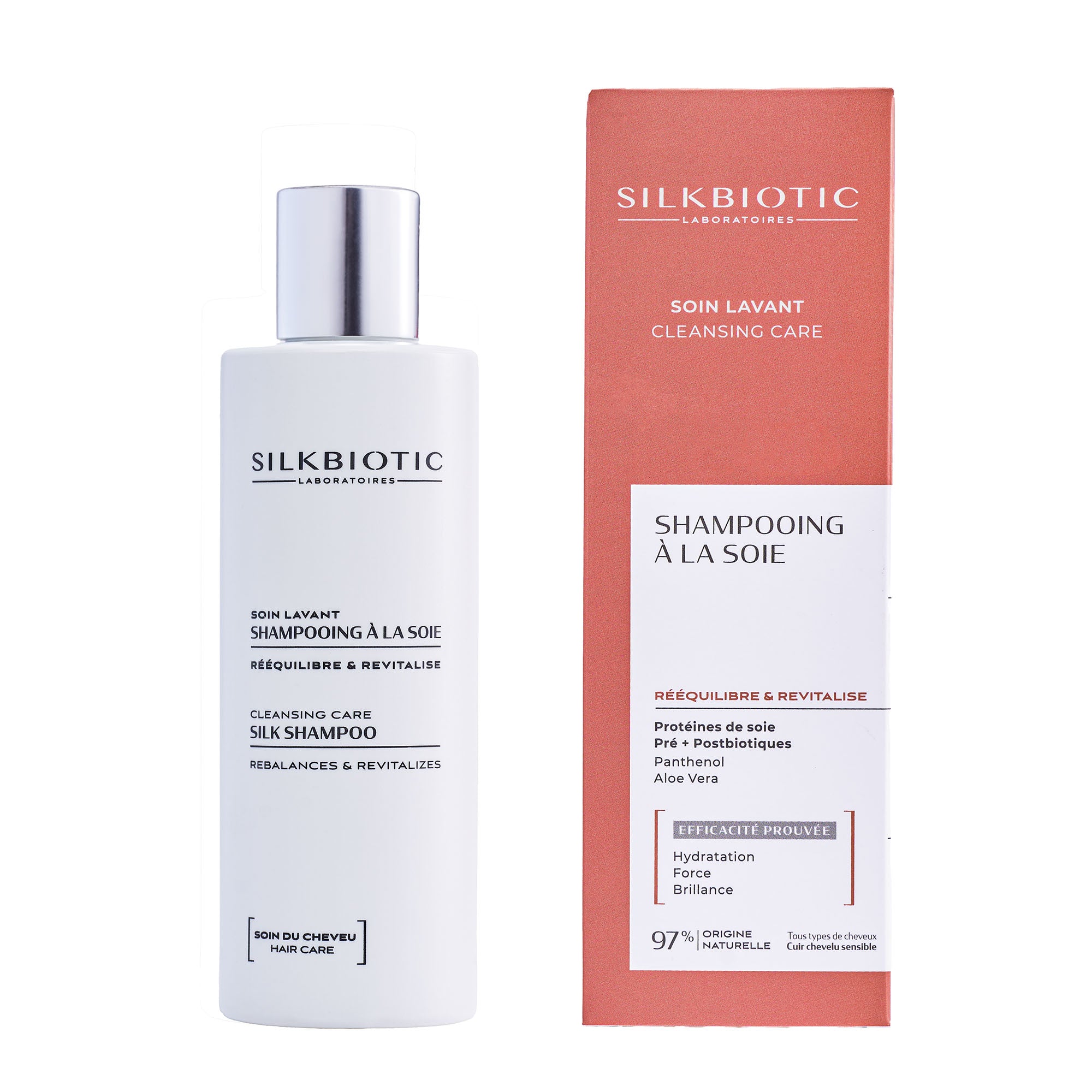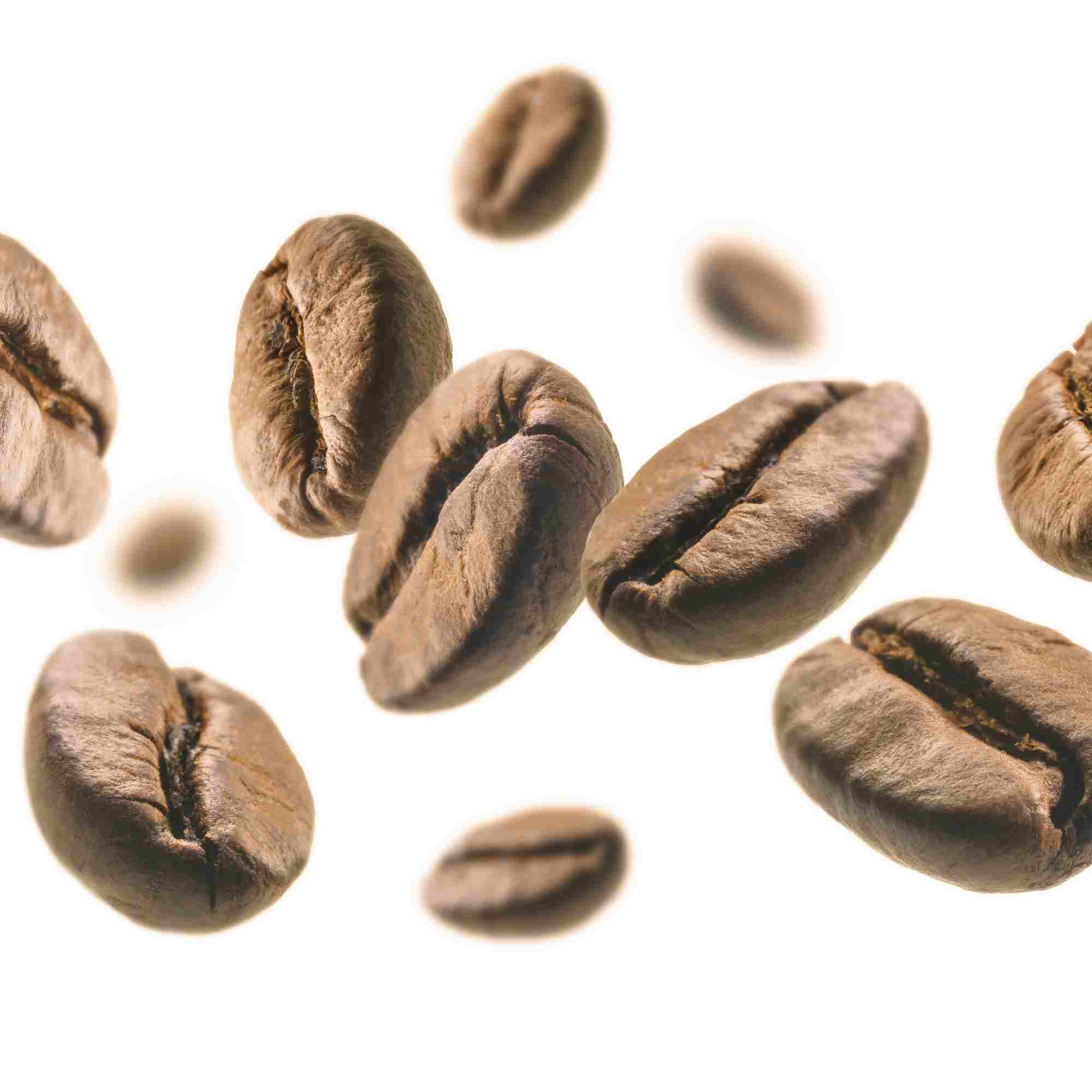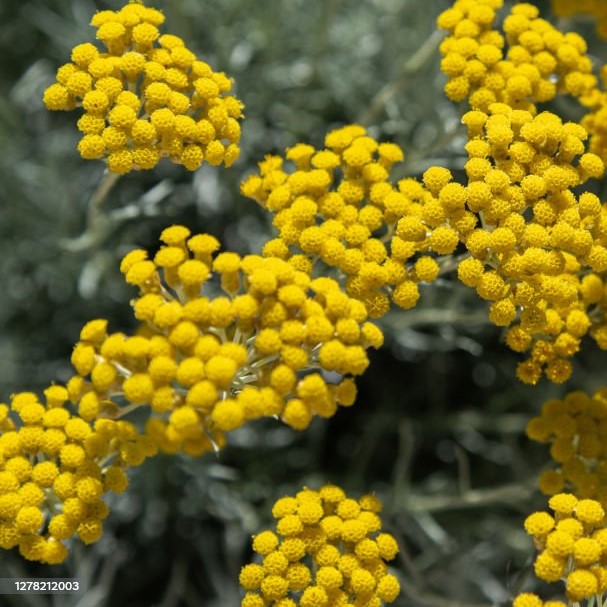Definition of Aloe Vera
Aloe Vera, scientifically known under the name of Aloe barbadensis miller, is a delicious plant in the Asphodelaceae family. Recognized by its plump and spiky leaves, Aloe Vera is largely used in cosmetic, medical and nutrition fields. The transparent gel contained in its leaves is particularly popular for its soothing and moisturizing properties.
Actions and benefits of Aloe Vera
Properties of Aloe Vera: hydration and soothing
Aloe Vera is known for its exceptional moisturizing properties. The Aloe Vera gel contains around 99% of water, making it an excellent natural moisturizing agent. The polysaccharides found in the gel contribute in holding moisture within the skin, making it soft and supple.
Property of Aloe Vera: skin repairing
Thanks to its bioactive properties such as vitamins (A, C, E, B12), enzymes, amino acids and mineral (calcium, magnesium, zinc), Aloe Vera favors healing and skin cells regeneration. It is often used to treat superficial burns, sunburns and skin irritations.
Property of Aloe Vera: anti inflammatory effect
Studies prove that Aloe Vera has significant anti inflammatory properties. The components like glycoproteins and salicylates help reducing inflammation and pain linked to various skin issues.
Property of Aloe Vera: antioxidant properties
Aloe Vera is ric in antioxidants, which helps to fight against free radicals and prevent oxidization damages on the skin. It contributes in slowing the skin aging process and maintaining a healthy and radiant skin.
Clinical and scientific studies on Aloe Vera
A lot of studies have confirmed the benefits of Aloe Vera in cosmetic products. For example, a research published in the "Journal of Ethnopharmacology", showed that Aloe Vera gel-based formulations enhanced skin hydration and reduced skin dryness. Another study published in the "Journal of Clinacal and Aesthetic Dermatology" revealed that creams containing Aloe Vera could disminish erythema (skin redness) and enhance skin elasticity with patients suffering from atopic dermatitis.
Sourcing of Aloe Vera
Aloe Vera is cultivated in regions with a hot and dry climate, as North Africa, the Canaries, East Africa, India and some parts of Latin America. In order to guarantee a high quality gel, the Aloe Vera leaves have to be carefully collected by hand, then rapidly treated to preserve their active properties. Moreover, the biological and sustainable cultures ar favored to minimize the environmental impact and to guarantee a pure and pesticides-free product.
Anecdotes on Aloe Vera
The use of Aloe Vera dates back to Antiquity. Egyptians were naming it "immortality plant" and were using it in funeral rituals for its preservative properties. Cleopatra, the famous queen of Egypt, is said to also have integrated Aloe Vera in her daily beauty cares to maintain the smoothness and radiance of her skin.
Centuries later, in 1944, Japanese people exposed to atomic bomb radiations used Aloe Vera to treat their burns and accelerate the wounds' healing, underlining its efficacy, even in extreme conditions.
Aloe Vera in our products
Aloe Vera is and ingredient that we particularly love for it multiple benefits. Indeed, thanks to its soothing, moisturizing and revitalizing properties, it is ideal for all types of skin and hair, even the most sensitive ones. This is why we incorporate it in the majorty of oour products, in order to offer our customers soft, efficient and respectful cares.
Sources
- MAIA CAMPOS P. M. & al. Moisturizing effect of cosmetic formulations containing Aloe vera extract in different concentrations assessed by skin bioengineering techniques. Skin Research and Technology (2006).
- GOLDENBERG G. & al. Eczema. The Mount Sinai Journal of Medicine (2011).

